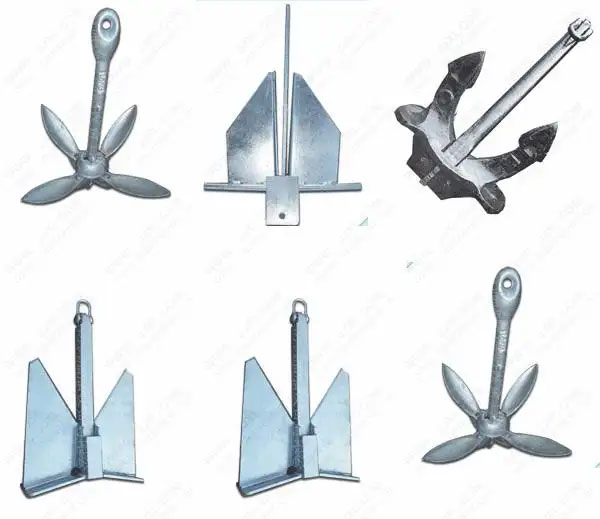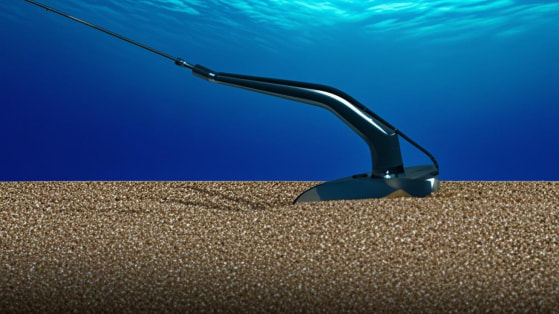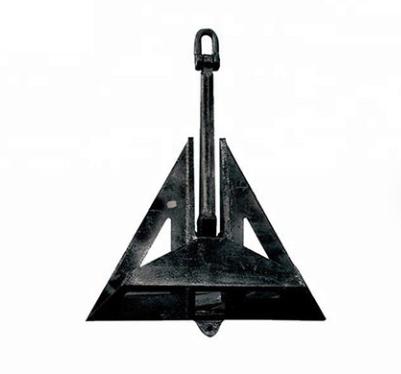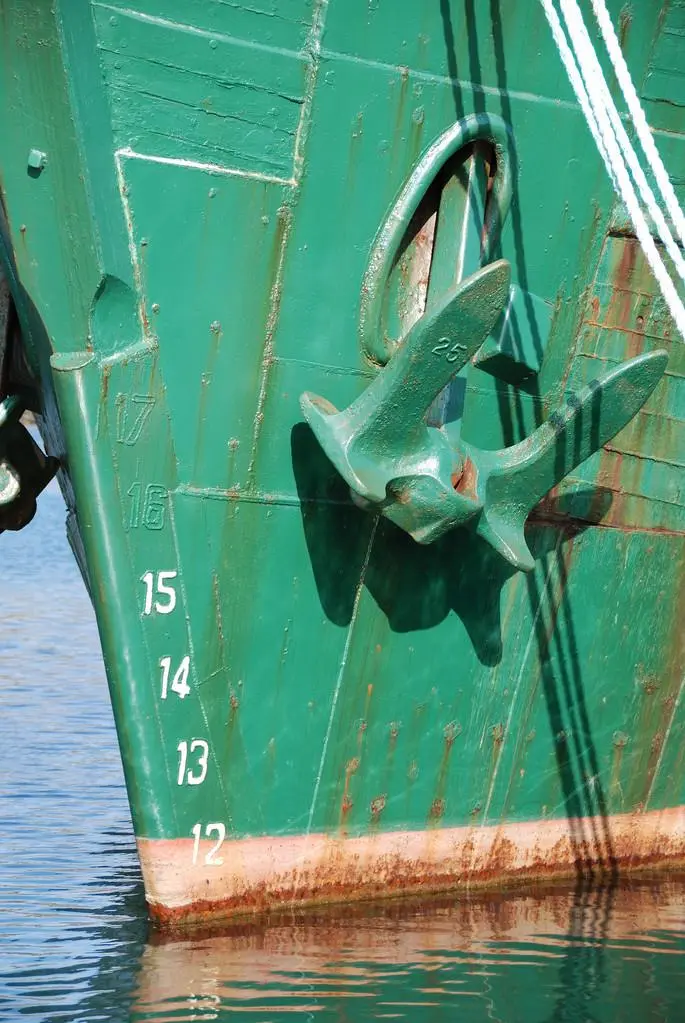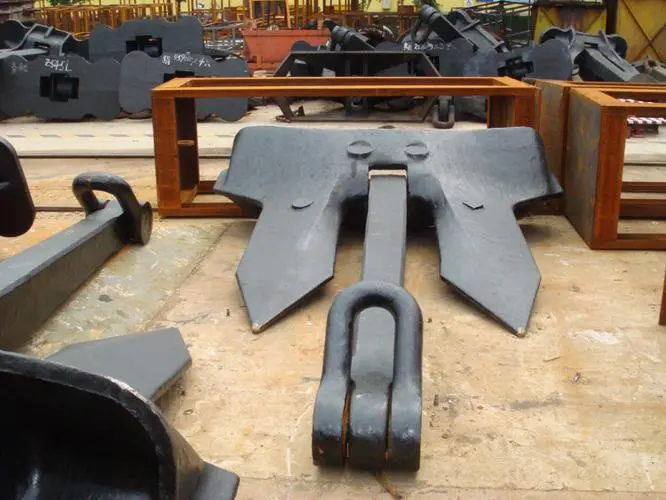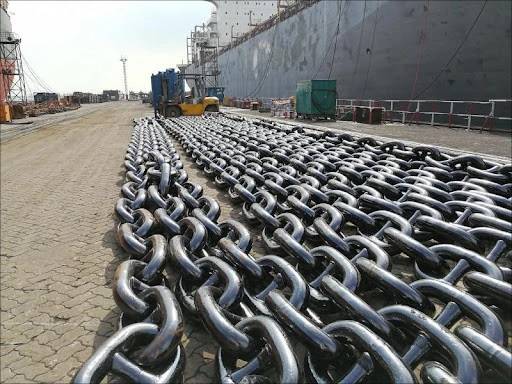Table of Contents
Anchor chains are essential parts of any boat or ship. They are responsible for securing the vessel in place when it is anchored. The strength and durability of an anchor chain are critical to ensure a boat’s safety and avoid any accidents in the water.
If you’re shopping for an anchor chain, you might be overwhelmed by the numerous options available. The choice of chain size, material, and length can make all the difference in securing your vessel to the seabed. Here are some factors to consider when choosing anchor chains.
1. The Weight and Size of Your Vessel
The size and weight of your vessel will determine the type and size of anchor chain to use. The chain should be strong enough to hold your boat in place, but not so heavy that it becomes a burden to lift or store.
Anchoring your vessel is necessary when you want to stop and rest, fish, or explore an area. A good anchor chain needs to be capable of holding your vessel in place, no matter what the conditions are like in the water. The weight and size of your vessel make a huge difference in how much force is needed to keep it anchored. Larger vessels will require stronger, heavier chains to provide enough support, whereas smaller vessels may be able to use lighter chains.
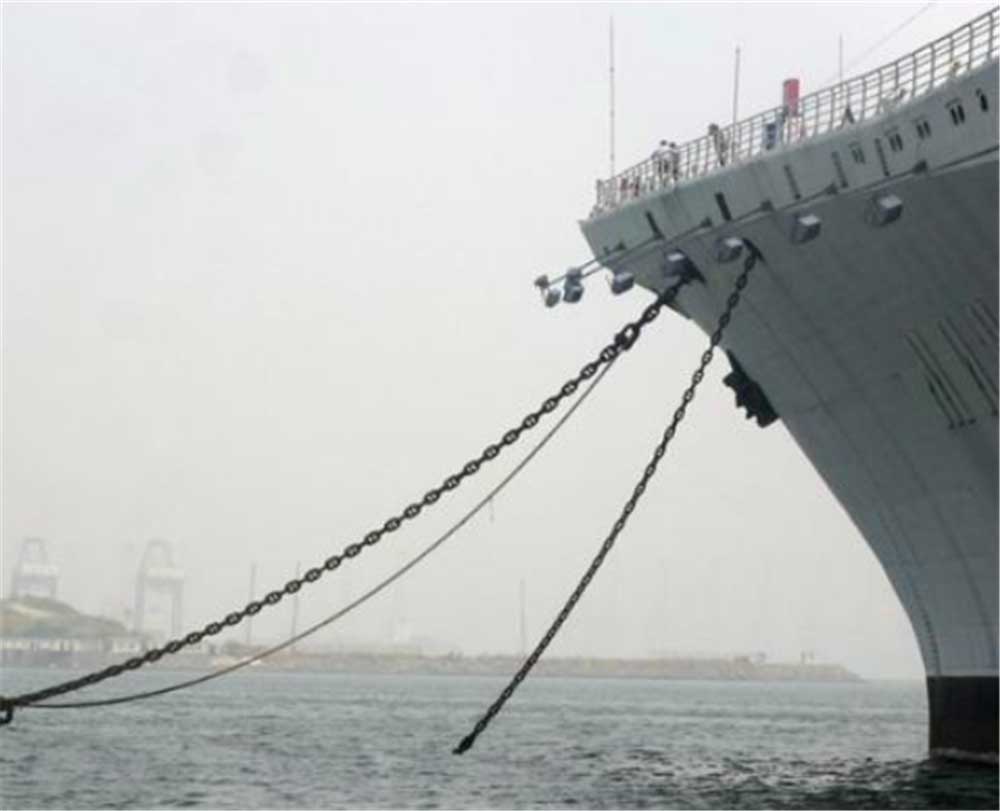
If your anchor chain is too light or weak, your vessel is at risk of breaking free from its anchor and drifting away. On the other hand, if your anchor chain is too heavy, it can reduce the effectiveness of the anchor and make it difficult to pull up safely.
The size and weight of your vessel will help determine the strength of the chain you should use. Larger vessels that weigh over 20,000 pounds will need anchor chains that are at least 3/8 inch in diameter, while vessels that weigh less than 10,000 pounds can use chains that are 1/4 inch in diameter.
2. Type of Anchoring Ground
When it comes to anchoring your boat, one of the most important factors that you need to consider is the type of anchoring ground. This is because different types of seabeds require different types of anchor chains to provide the necessary holding power to keep your boat safe and secure. For example, rocky bottoms require more durable chains than sandy bottoms.
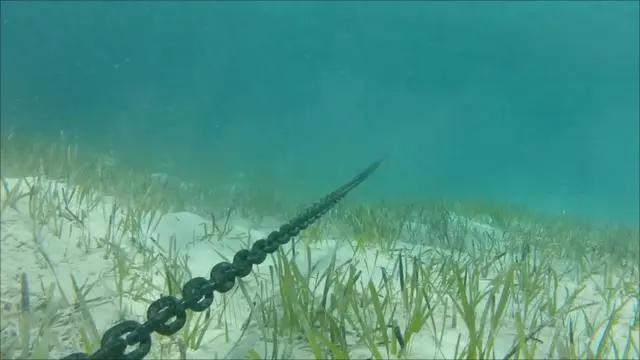
Here are some of the most common types of anchoring grounds and the recommended types of anchor chains for each:
- Sand – Sand is a relatively easy seabed for anchoring, as it provides good holding power for most types of anchors. For sand, it is recommended to use a chain with high breaking strength, such as a BBB or Grade 43 chain. This will ensure that the anchor stays in place even during strong winds or currents.
- Mud – Mud is a bit more challenging for anchoring due to its soft and sedimentary nature. For mud, it is recommended to use a chain with a higher profile, such as an R3 or R4 chain. These types of chains are designed to dig deeper into the seabed and provide better holding power.
- Rocks – Anchoring in rocky areas can be particularly challenging, as rocks can damage anchor chains and anchors themselves. For rocky seabeds, it is recommended to use a chain with a high breaking strength and a longer length, such as a Grade 70 or 80 chains. These chains are designed to be more resistant to abrasion and wear and tear.
- Coral – Coral is another difficult seabed for anchoring, as it is very delicate and can easily be damaged. For coral seabeds, it is recommended to use a rope anchor line instead of a chain, as this will be gentler on the coral and less likely to cause damage.
Choosing the right anchor chain for your boat is crucial for ensuring a safe and secure anchoring experience. By understanding the type of seabed you will be anchoring in, you can select the appropriate chain to provide the necessary holding power and minimize the risk of damage or disruption to your boat.
3. Chain Material
Anchor chains are made from various materials, including galvanized steel, stainless steel, and aluminum. Galvanized steel chain is the most commonly used material for anchor chains. It is durable, corrosion-resistant, and affordable. Stainless steel chain, on the other hand, is more corrosion-resistant than galvanized steel chains but is more expensive. Aluminum chains are lightweight but not as strong as galvanized steel or stainless steel chains.
As there are many different types of anchor chains available in the market today, it’s important to know the materials used to make each type. Here are some of the most common materials used:
- Steel: Steel chains are the most widely used anchor chains due to their strength and durability. They are made of high-quality steel that is resistant to wear and tear.
- Galvanized Steel: This type of steel is coated with a layer of zinc to prevent rusting, especially in saltwater. Galvanized steel also has excellent strength properties.
- Stainless Steel: Stainless steel anchor chains are corrosion-resistant and can last a long time even in saltwater environments. They are perfect for boats that are used frequently in the ocean.
- Alloy Steel: Alloy steel anchor chains contain metals like chrome, manganese, and nickel, which increase their strength and durability.
- Bronze: Bronze chains are corrosion-resistant, but they are not as strong as steel. They are still useful for smaller boats that need to anchor in calmer waters.
- Synthetic Materials: Synthetic fibers like nylon and polypropylene are also used to make anchor lines because they are resistant to rot and mildew. However, they are not as strong as steel or alloy chains.
In conclusion, choosing the right anchor chain for your boat depends on many factors like the environment you plan to navigate in, the size of your boat, and your budget. If you are unsure, it’s best to consult with a professional to help you make the right decision to ensure your and your boat’s safety.
4. Chain Coating
The chain’s performance and durability can be enhanced by applying a protective coating. Galvanized coatings offer moderate protection against corrosion, while hot-dip galvanizing is more durable and offers better protection. Your choice of coating will depend on the type of water you’re operating in.
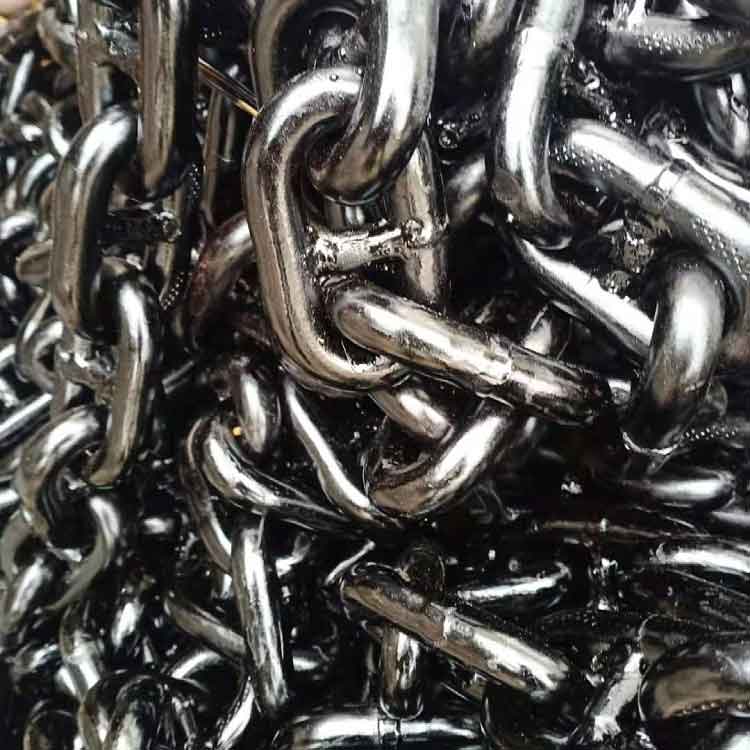
5. Chain Length
When it comes to choosing an anchor chain for your boat, there are several factors to consider to ensure the best possible anchoring experience. One of the most important factors to take into account is the length of your chain. Here are some key points to keep in mind when choosing the ideal chain length for your boat.
Typically, marine-grade anchor chains are made of galvanized steel, which is highly resistant to weather, rust, and other forms of wear and tear. The length of your chain should be determined based on the size and weight of your boat, as well as the conditions you may encounter on the water.
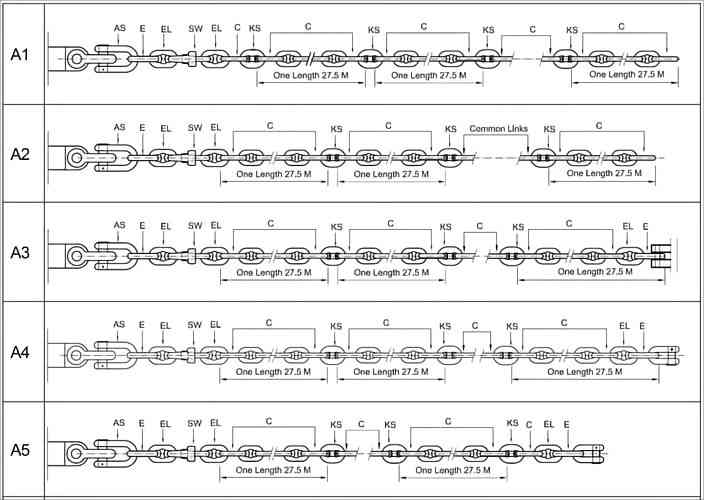
The length of your anchor chain is determined by the depth of the water body you’re operating in. A good rule of thumb is to use 3 times the water depth as your anchor chain length.
Calculating Chain Length. The traditional rule of thumb for calculating chain length is to multiply the depth of the water where you plan to anchor by a factor of 5 to determine the necessary length of your chain in feet. For example, if you plan to anchor your boat in 30 feet of water, you should aim for anchor chain lengths of around 150 feet. This length should provide adequate weight and stability to anchor your boat safely and securely.
Keep in mind that different environments may require different chain lengths. In areas with high winds or strong currents, it may be necessary to increase the length of your chain to ensure maximum stability. It is also important to choose a chain thickness that is appropriate for the weight and size of your vessel.
6. Chain Markings
Ensure your anchor chain has markings at regular intervals along the length to help you estimate the length of chain you have deployed. The markings can be in the form of colored tapes or paint.
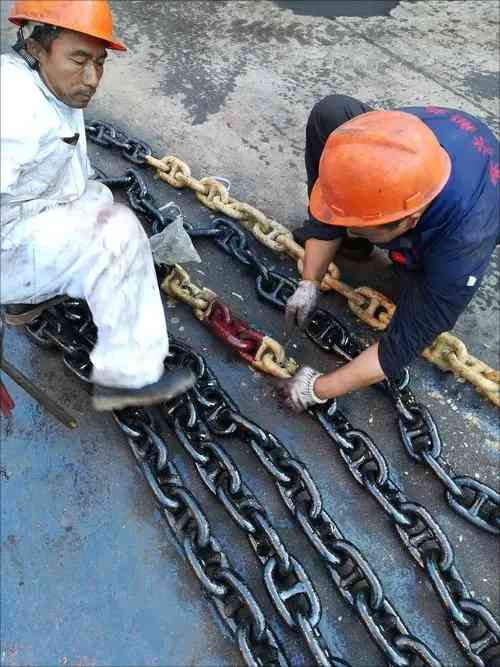
In conclusion, choosing the right anchor chain depends on various factors, including the size and weight of your vessel, the type of anchoring ground, chain material, chain coating, chain length, and chain markings. By considering these factors, you will be able to choose a reliable anchor chain that will serve you for years.


